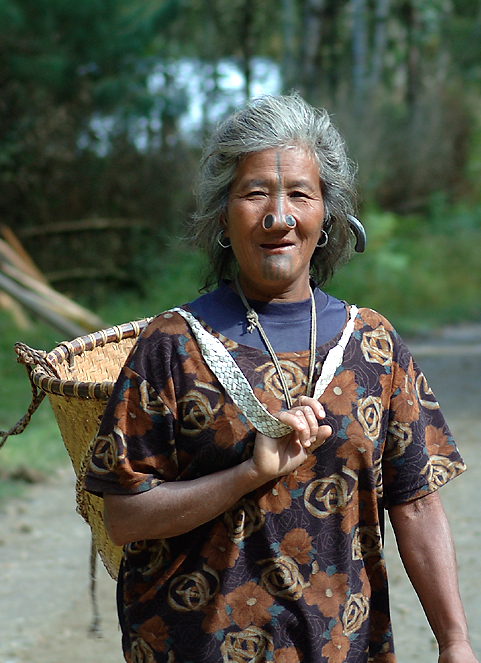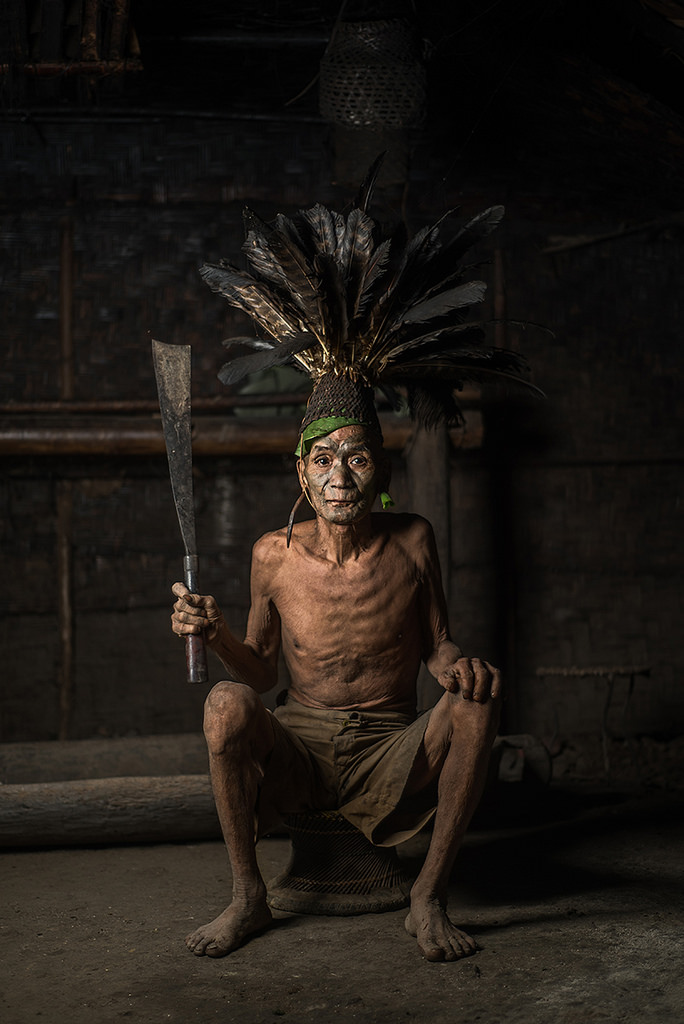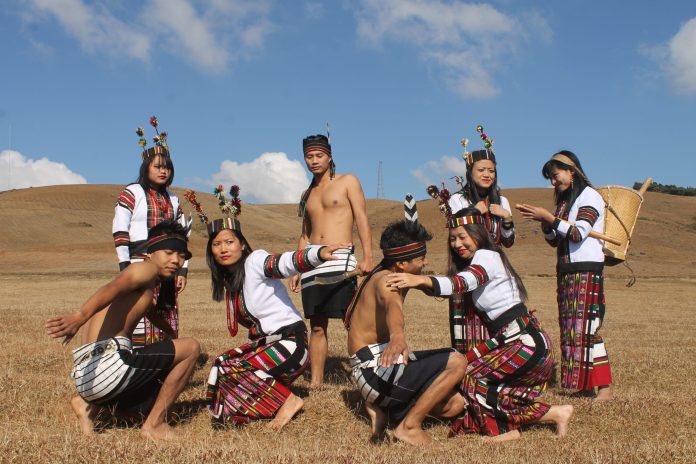India boasts a unique blend of diverse geographical features, including the majestic Himalayas, pristine beaches, and vast dry terrains. History is a testament to India being a cradle of civilization and building magnificent empires. India is home to the world’s largest tribal population and hosts a variety of vibrant tribes. We frequently fail to fully comprehend their intriguing genealogy because we have a propensity to ignore these tribes, who live in harmony with nature and are unencumbered by worldly desires.
Apatani
The Apatani community also referred to as Tanw, lives in Arunachal Pradesh, India. Dree and Myoko are two important festivals that they celebrate. During the agricultural festival of Dree, which takes place in July, prayers are said for a plentiful crop and the welfare of everyone. The Apatani have a distinctive way of life that is distinguished by well-planned land use practises and considerable traditional knowledge in managing and maintaining natural resources. Their festivals, complex handloom patterns, mastery of cane and bamboo crafts, and the existence of conventional village councils known as bulyañ all serve to highlight their unique culture.

Brokpa
The Brokpa community belongs to the Dard people, and there is a belief that Dards are the descendants of Alexander the Great’s soldiers who came to India in 327 BC. They have about 2,000 people and live in the small villages of Dah-Hanu, Garkon, and Darchiks in Jammu and Kashmir, close to Leh-Ladakh. In addition to openly discussing premarital sex and publicly showing affection, the Brokpas also practise polyandry and polygamy. Hindu scriptures like the Mahabharata have a reference to this tribal community. They have interestingly lived a vegan diet for 5,000 years. The Brokpas, also known as Minaro, are ethnically distinct yak and sheep herders.
Gowda
Goa’s Gowda tribe is notable for its exceptionally forward-thinking customs. The tribe’s women have access to a variety of privileges, including political, social, and economic empowerment. Widows receive their deceased husband’s property, which is a notable exception from the norm and isn’t typically practised by other Indian tribes or even India as a whole. The Gowdas’ attitude towards religion, or rather, their acceptance of many religions, is another defining trait. The Gowdas do not cremate their dead, in contrast to conventional Hindu burial rites. Instead, they imitate the funeral customs of their Christian neighbours, displaying a lovely harmonious coexistence of two distinct religions.
Kurumba
The Kurumba tribe, which lives in the middle of the Nilgiris, has a distinctive and fascinating culture. They are said to be decedents of the Pallavas, a 7th-century dynasty. The Kurumbas’ unusual witchcraft beliefs are what draw notice as has been noticed. Other tribes both revere and fear them because of their alleged strength. The Kurumbas link their own tribe’s spells to sickness and death. Men hunt, cultivate, and gather food for the Kurumba people, while women practice the art of body tattooing.
Konyak
The Konyak tribe is known for their infamous headhunting practices. They can be found in the Mon district of Nagaland, India, as well as in the Tirap and Changlang districts of Arunachal Pradesh in Myanmar. Their unique facial and hand tattoos, which represent triumph over their foes, make them easy to identify. The large face tattoo that Konyak men sport distinguishes them from other men across the world as a mark of this distinctive cultural practice. In addition, a variety of different tattoo patterns are visible depictions of this specific ancient practice on both men and women.

Oraon
The Chota Nagpur Plateau is home to the Oraon tribe, often referred to as the Karakh. They have ingrained supernatural ideas. Kurukh, Sadri, and Hindi are a few of the Dravidian languages that the Oraon people speak. Strong ties within the community serve as the cornerstone of the Oraon tribe’s social system. They reside in close-knit communities where helping each other out is highly valued. In the community, decisions are often made by agreement, with elders being crucial to governance and dispute resolution.
All things considered, India’s lesser-known tribes offer a fascinating peek into the diversified cultural landscape of the country as a whole. These tribes, which spread across several areas, each have their unique traditions, rituals, and way of life. Knowing more about these tribes enables us to appreciate their fortitude, cultural legacy, and harmonious coexistence with nature. They teach us crucial lessons of cooperation, respect, and the preservation of our common history while serving as a reminder of the beauty and diversity evident in India’s enormous tribal community.





























